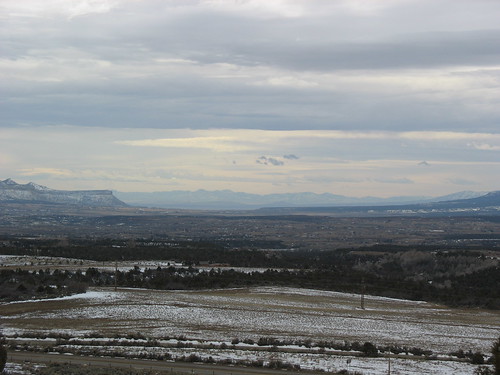Michael Tobis believes the prevalence of bunk on the issue of climate change is “one of the principal characteristics of our time,” and that the media’s failure to effectively counter said bunk is a fundamental failing that stands in the way of action on climate change.
As I said in a previous discussion of this issue, I believe Michael and I share a core value: that political and public policy processes have the best outcomes when science is well understood and used by the participants. But Michael’s analysis of the media-public piece of this issue is increasingly unhitched from the data.
Much as the climate discussion has to be based on data that clearly shows an overall warming of the planet, rather than anecdotal references to single cold spells, we need data on what the broad public is really thinking, and on what the media is really saying, rather than anecdotes about John Tierney and George Will.
In 2006, according to an analysis by Max Boykoff, now at the University of Colorado, (summarized in a piece on Nature’s web site), 96.7 percent of the news stories in a broad sampling of the mainstream press accurately described the anthropogenic causes of climate change, while only 3.3 percent offered some “balancing” comment questioning greenhouse-caused climate change. Boykoff’s data suggest that the problem of what media critics call “false balance” has been steadily declining.
Jon Krosnick at Stanford has done scientific polling for more than a decade. His conclusion, from a talk he gave last year: “Americans overwhelmingly accept the scientific community’s view of global warming.” But when Krosnick slices up the data in political terms, he finds that Democrats and independents are more likely to believe the scientific consensus, while Republicans are more likely to views at odds with the scientific consensus.
What seems salient here is the combination of the two. Boykoff says the media have largely accurately described the situation. For whatever reason, Krosnick says that didn’t sink in for a subset of the public. Those who believe the bunk either disbelieved or were not aware of what the media was saying. The notion that people filter information based on their politics/values is well documented in the literature. In this case, a segment of people have chosen to reject what the mainstream media has told them because of their political/value filters.
This would strongly suggest that, to the extent that bunk of this sort persists, it is relatively impervious to media intervention. To the contrary, Michael seems to think the news media can somehow change the minds of people who have already chosen to disbelieve or ignore what they read in their morning paper.
The data from Boykoff and Krosnick suggests potentially fruitful areas of discussion about how the news media can more effectively help to ensure good public understanding of climate science. I welcome Michael’s contributions to that discussion.


